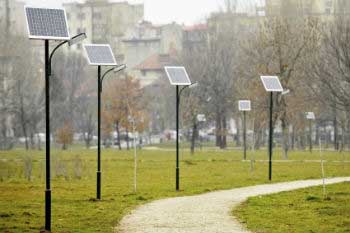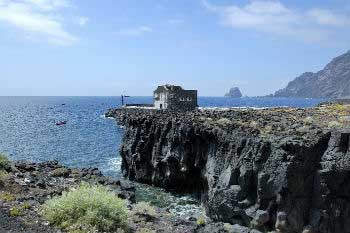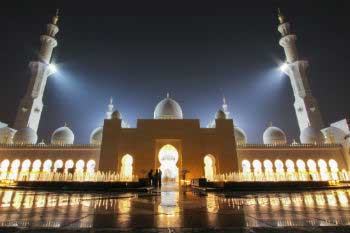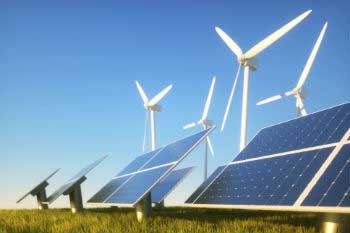Top 5 self-sufficient places in the world
A transition to renewable energies for the purpose of self-sufficiency is possible.Can you imagine how much of the carbon footprint could be saved and how much could be saved financially if we lived in an energetically self-sufficient place? Using practically none but renewable energies in these places has enabled this idea to stop being wishful thinking and become a fact.
Would you like to know the most self-sufficient places?

Archipelago of Tokelau in the Pacific Ocean (New Zealand)
This is the first place where 100% of electricity power is generated through solar panels. The 1,500 inhabitants living on its islands draw on a total of 4,000 panels for their supply.
This plan has been carried out mainly because of “those fears that territory could suffer due to climate change, especially because of the rise in sea level”, according to the Ministry of Foreign Affairs and Commerce –as the highest point of these islands is actually just 5 metres above the sea level.

El Hierro, on the Canary Islands (Spain)
El Hierro island has become a role model throughout the world thanks to its hydro-wind power station, which is nothing less than a wind farm and a water power station interconnected with the island´s power system. The hydro-wind power station enables an intermittent source of energy to be transformed into a controlled and constant supply of electricity. It also has a water power plant and a desalination plant.
El Hierro has thus become the first fully self-sufficient island in the world out of renewable sources of energy. Additionally, the whole island was declared a Biosphere Reserve in 2000, joining the World Network of Biosphere Reserves of UNESCO´s Man and Biosphere Program (MaB).

Ecovillage in Findhorn (Scotland)
This is about a community located in NE Scotland joined by around 200 families of different nationalities, who live in a completely sustainable way. Just a few of them set up 4 wind turbines for producing electricity; they also use biomass, have a biological system of sewage treatment and water-heating systems through solar energy.
A part of their food comes from their vegetable gardens, where environmentally-friendly foods are grown, and they also have their own bank and currency. They have 61 environmentally-friendly buildings and their carbon footprint is half as much as the UK´s national average, which earned them a UN designation as a Habitat with Best Practices in 1998.
A good deal of talks and workshops are held in the community where they explain how they have been able to become a sustainable community so successfully, receiving nearly 14,000 visitors from 50 different countries every year.

Masdar City, the first environmentally-friendly and self-sufficient city in the world (UAE)
The ambitious plan for the first 100% environmentally-friendly city in the world began in 2008. It had been forecast to finish by 2016, but because of the world crisis it seems it will finish in 2020. Masdar City is in the middle of the desert, 17 kilometres away from Abu Dhabi, and in 2013 they decided to open a third of the city in order to receive tourists and its first residents.
This amazing city has a perimeter wall for holding back the desert´s strong winds and sand storms, apart from using currents to keep temperatures pleasantly cool and structure narrow streets for the same purpose. The whole city is provided with energy through solar panels to have electricity as well as for water treatment and urban transport. Vehicles consist of electric cabins which go all over the city in a few minutes, and they have an electric train, so there is not a single car using fossil fuel.

Self-sufficient Samso island (Denmark)
This island is located in the bay of Kattegat, in the North Sea, 120 km away from Copenhagen. The plan to become self-sufficient started in 1997, and it was mainly based on implementing clean energies.
At present this population counting a bit more than 4,000 uses 11 wind turbines which are able to cover the electricity supply; they have biomass power stations and solar farms which can produce 70% of the necessary heat. What they have not been able to wipe out is the dependency on oil for the transport, though some of its neighbours are already using electric cars, and the number of these is expected to keep rising.
This way its residents believe they will be able to become an island that only uses renewable energies very soon.
These are 5 examples of sustainable places in the world that show a transition to renewable energies for the purpose of self-sufficiency is possible.
What do you think about these places?
More information: Masdar City, Findhorn, El Hierro.

